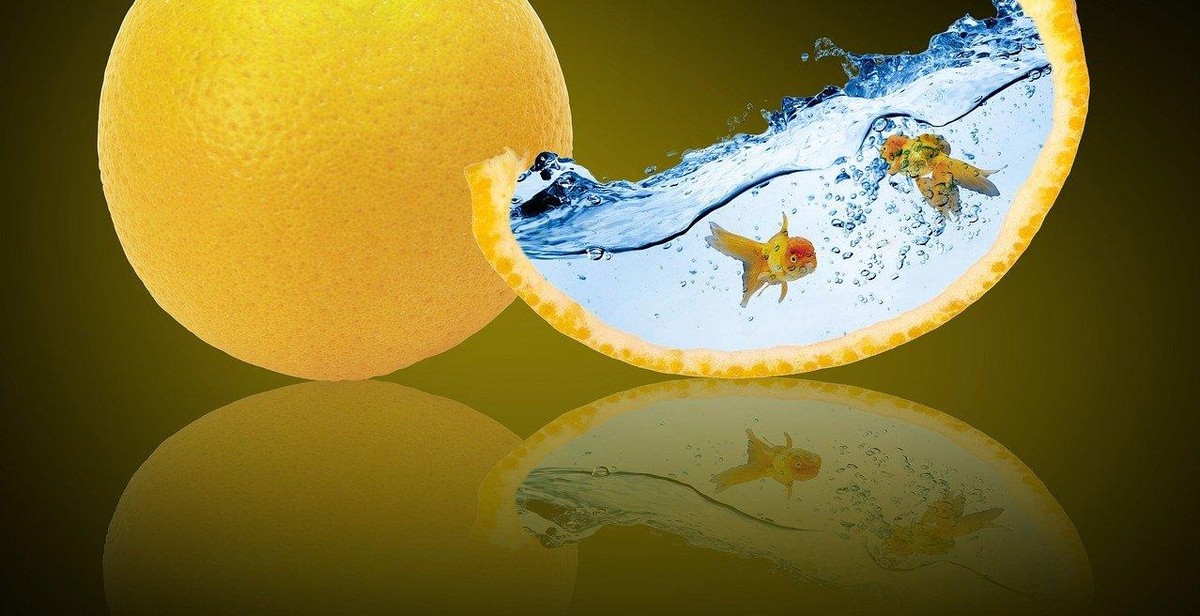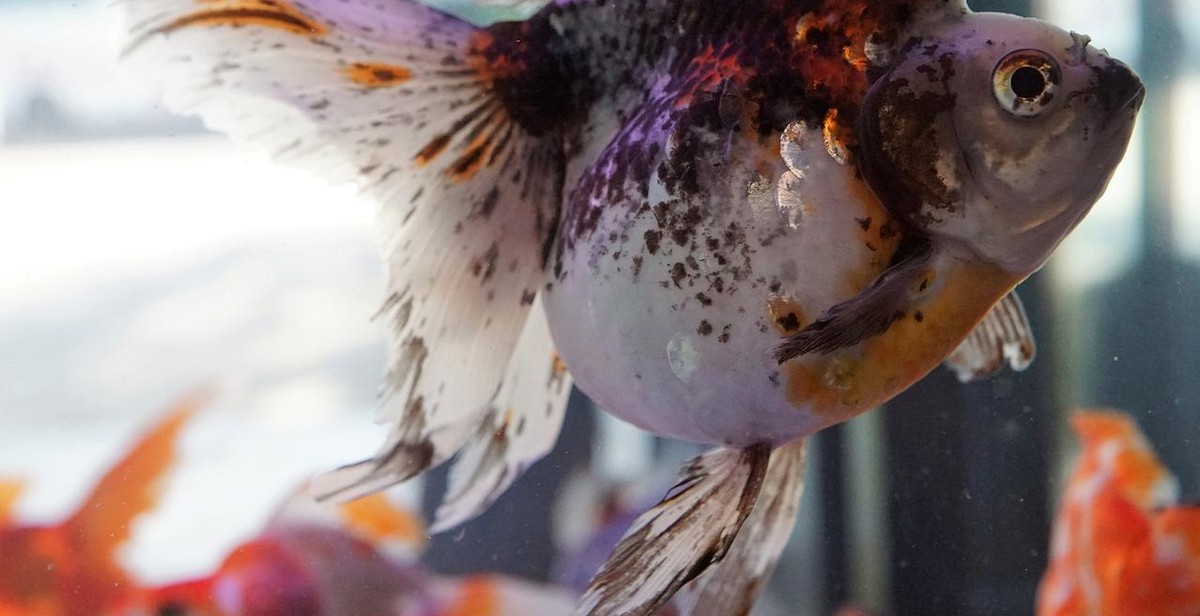How to Care for Goldfish: Proper Feeding, Tank Maintenance, and Health Tips
Goldfish are a popular choice for pet owners due to their beauty, low maintenance, and peaceful demeanor. These beautiful aquatic creatures are a great addition to any home, but they do require proper care and attention to thrive.
Why Goldfish Make Great Pets
Goldfish are known for their vibrant colors and unique shapes, making them a visually stunning addition to any aquarium. They are also relatively low maintenance, making them an excellent choice for busy pet owners or those who are new to fishkeeping.
In addition, goldfish are peaceful creatures that can coexist with other fish species without any issues. They are also highly adaptable and can survive in a range of water conditions.
Types of Goldfish
- Common Goldfish
- Comet Goldfish
- Shubunkin Goldfish
- Fancy Goldfish
Each type of goldfish has its unique characteristics and requirements, and it’s essential to understand these differences to provide the best care for your pet.
In this article, we will discuss proper feeding, tank maintenance, and health tips to ensure that your goldfish stays healthy and happy.

Feeding Goldfish
Feeding your goldfish the right kind of food and in the right amount is crucial to their health and well-being. Here are some tips on what to feed your goldfish, how much and how often to feed them, and feeding tips for healthy goldfish.
What to Feed Your Goldfish
Goldfish are omnivores, which means they eat both plant and animal matter. You can feed your goldfish a variety of foods, including:
- Commercial goldfish flakes or pellets
- Frozen or live brine shrimp
- Frozen or live bloodworms
- Vegetables such as peas, lettuce, and spinach
- Fruits such as oranges and grapes (in small amounts)
It’s important to ensure that the food you feed your goldfish is of high quality and specifically formulated for goldfish. Avoid feeding them human food or food meant for other types of fish, as this can lead to health problems.
How Much and How Often to Feed Your Goldfish
Overfeeding is a common problem when it comes to goldfish care. It’s important to feed your goldfish the right amount of food and not to overfeed them. A good rule of thumb is to feed your goldfish only what they can eat in 2-3 minutes, twice a day.
If you’re not sure how much to feed your goldfish, start with a small amount and observe how much they eat. You can always add more if they finish their food quickly.
Feeding Tips for Healthy Goldfish
Here are some tips to ensure your goldfish stay healthy and happy:
- Feed your goldfish at the same time every day to establish a routine.
- Remove any uneaten food after feeding to prevent it from decomposing and polluting the tank.
- Alternate between different types of food to provide a balanced diet.
- Soak dried food in water before feeding to prevent it from expanding in your goldfish’s stomach and causing digestive issues.
- Avoid feeding your goldfish too many treats or human food, as this can lead to obesity and health problems.
By following these feeding tips, you can help ensure your goldfish stay healthy and happy.

Tank Maintenance
Keeping your goldfish tank clean and well-maintained is crucial for the health and happiness of your fish. Proper tank maintenance includes selecting the right size and type of tank, maintaining water quality and filtration, and cleaning and performing regular water changes.
The Right Size and Type of Tank
Goldfish require a lot of space to swim and grow. The minimum tank size for one goldfish is 20 gallons, and an additional 10-15 gallons per additional fish. It’s important to choose a tank that is appropriate for the number and size of your fish. A tank that is too small can lead to stunted growth, poor water quality, and stress on your fish.
When selecting a tank, choose one made of glass or acrylic with a sturdy base and a secure lid. Avoid plastic or metal tanks, as they can be easily scratched and can leach chemicals into the water.
Water Quality and Filtration
Goldfish are messy eaters and produce a lot of waste, which can quickly lead to poor water quality if not properly filtered and maintained. A good filtration system is essential to keep your tank clean and healthy.
Choose a filter that is appropriate for the size of your tank and the number of fish you have. A filter should be able to process the entire volume of your tank at least 3-5 times per hour. A combination of mechanical, biological, and chemical filtration is recommended for optimal water quality.
Regular water testing is also important to monitor ammonia, nitrite, and nitrate levels in your tank. Aim for zero ammonia and nitrite and keep nitrate levels below 40 ppm. If levels are high, perform a partial water change and adjust your filtration system accordingly.
Cleaning and Water Changes
Regular cleaning and water changes are necessary to maintain a healthy environment for your goldfish. Remove any uneaten food, debris, and waste from the tank daily using a net or siphon. Perform a partial water change of 20-30% every week to remove excess waste and replenish essential minerals and nutrients.
When performing a water change, treat the new water with a water conditioner to remove chlorine and chloramines. Avoid using soap or detergents to clean your tank, as they can be harmful to your fish. Instead, use a non-toxic aquarium cleaner or a mixture of vinegar and water.
| Step | Frequency |
|---|---|
| Select appropriate tank size and type | One-time |
| Choose a good filtration system | One-time |
| Test water quality regularly | Weekly |
| Clean tank and remove waste | Daily |
| Perform partial water change | Weekly |
- Choose an appropriate tank size and type
- Install a good filtration system
- Test water quality regularly
- Clean tank and remove waste daily
- Perform partial water changes weekly
By following these steps, you can ensure that your goldfish tank remains a healthy and happy environment for your fish to thrive in.
Goldfish Health: Common Issues and Prevention
As a goldfish owner, it’s important to keep a close eye on your fish’s health. Here are some common health issues that goldfish may experience and how to prevent them:
Swim Bladder Disease
Swim bladder disease is a common health issue in goldfish. It’s caused by a swim bladder that is either too full or too empty, which can cause the fish to swim in an abnormal position or even float to the surface of the tank. To prevent this issue, feed your goldfish a balanced diet and avoid overfeeding. If your fish is already experiencing swim bladder disease, try feeding it boiled and skinned peas to help regulate its digestion.
Fungus and Bacterial Infections
Fungus and bacterial infections can cause white or gray patches on your goldfish’s scales, fins, or body. To prevent these infections, maintain a clean and well-filtered tank. If you notice any signs of infection, isolate the affected fish and treat it with an appropriate medication.
Parasites
Goldfish can be susceptible to parasites such as anchor worms, fish lice, and flukes. To prevent these issues, quarantine new fish before adding them to your tank, maintain a clean tank, and avoid overfeeding. If you notice any signs of parasites, treat your fish with an appropriate medication.
When to Call a Vet
If you notice any signs of illness in your goldfish and are unsure of how to treat it, it’s always best to consult with a veterinarian who specializes in fish health. Look for a vet who has experience with goldfish and can provide you with the best care and advice for your fish’s specific needs.
| Signs of Illness | Action to Take |
|---|---|
| Loss of appetite | Monitor for a few days, then consult with a vet if the issue persists |
| Lethargy or abnormal swimming behavior | Consult with a vet immediately |
| Visible signs of infection or parasites | Isolate the affected fish and consult with a vet for treatment options |
